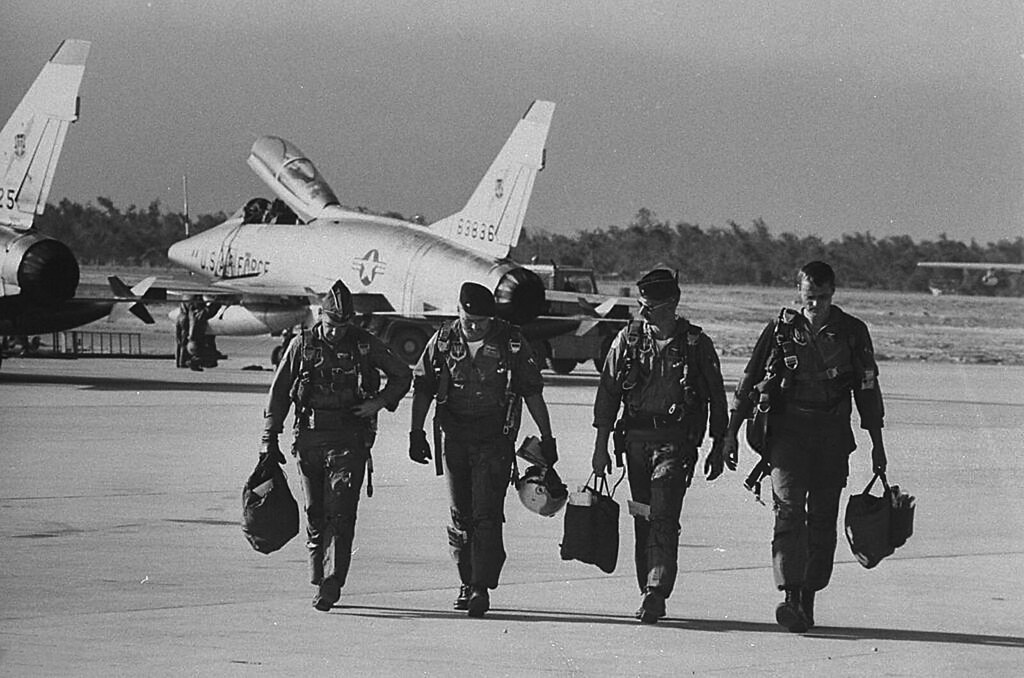Union Health Ministry has issued detailed guidelines for preparedness and response to COVID-19 in Urban areas.
The document contains surveillance, containment and clinical management measures among others for densely populated urban settlements.
As per the guidelines, the surveillance system for Covid-19 in urban areas should be strengthened and strict perimeter control be maintained in containment zones with Section 144 enforced to ensure people remain in their dwelling units.
It was said that in most of the cities or towns, the disease surveillance system is not as well organised as in the rural areas. The guideline says, therefore, the surveillance system will be strengthened for surveillance and contact tracing mechanism.
This will include identification of the health workers in the health posts, dispensaries, Auxiliary Nurse Midwife, ASHAs, Anganwadi Workers, municipal health staff, sanitation staff, community health volunteers and other volunteers.
It said, an orientation training will be organised by the Chief Medical Officer or Executive Health Officer to train the identified surveillance workers which would emphasize on the basic information on COVID-19, orientation on basic Dos and Don’ts with focus on hand hygiene, respiratory hygiene, environmental sanitation and use of face masks.
It said, social distancing will be a major challenge due to many people crammed into very small living spaces.
During sleeping the distancing can be achieved to an extent by sleeping in opposite direction in a manner that head end of one person faces the leg of the other.
Social distancing should be practiced particularly in community water points, public toilets, PDS Distribution points and health centres. It said, a contingency plan will also be in place to move high risk population to alternative or temporary sites.
An orientation training will be organized by the Chief Medical Officer/Executive Health Officer to train the identified surveillance workers.
The training would emphasize on the following:
- Basic information on COVID-19
- Orientation on basic Dos and Don’ts with focus on hand hygiene, respiratory hygiene, environmental sanitation and use of face covers/masks
- Active case search through questionnaire during field visit
- Listing and tracking of contacts
- Recording temperature with handheld thermometer, recording oxygen saturation with pulse oximeter
- Identification of high risk individuals based on contact history, age, and comorbidities
- Inter-personal communication with households for creating awareness on COVID-19 and other essential health services (immunization, RCH, nutrition, NCDs etc.)
- Addressing stigma, health seeking behavior and other issues
- Establishing rapport with the community











